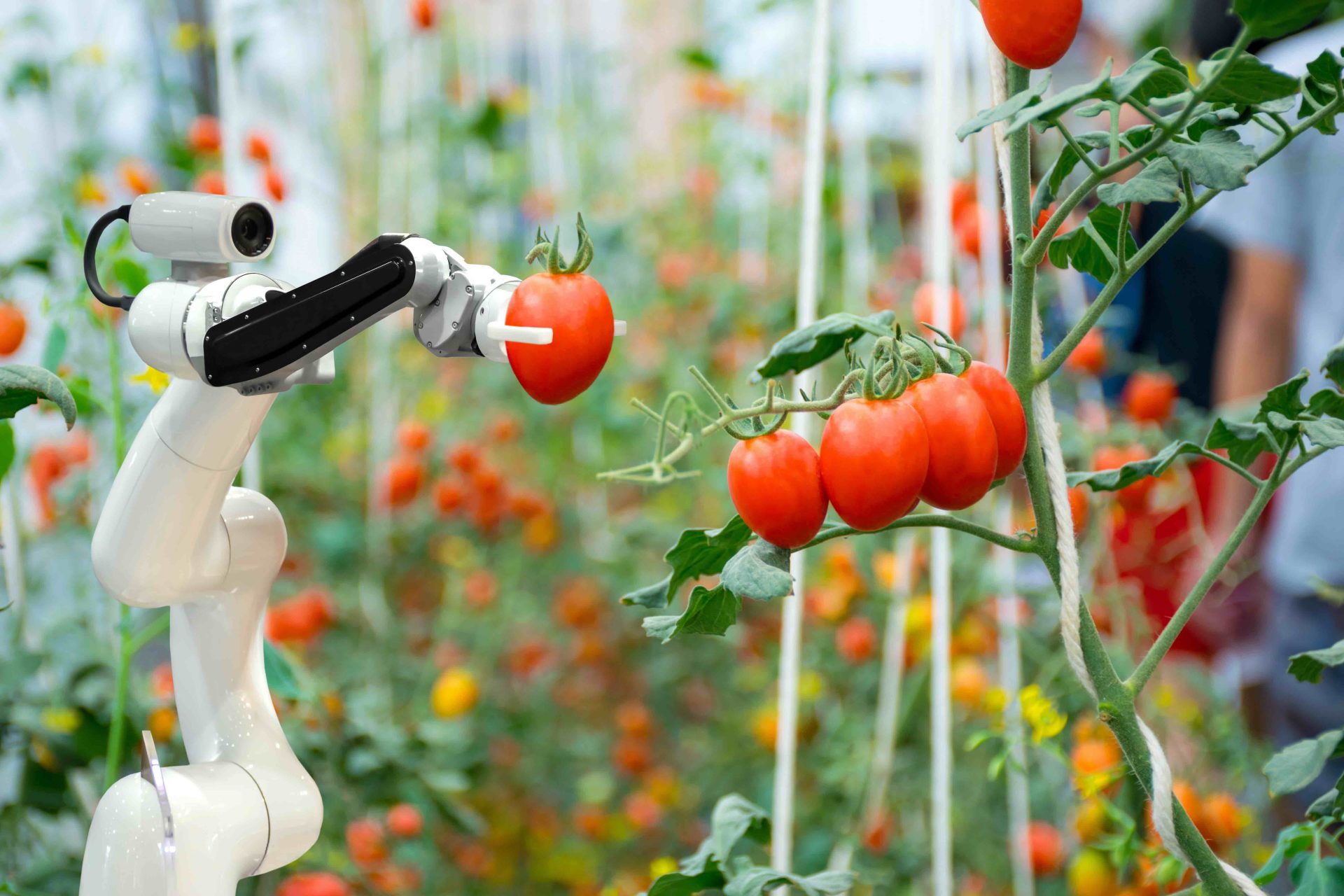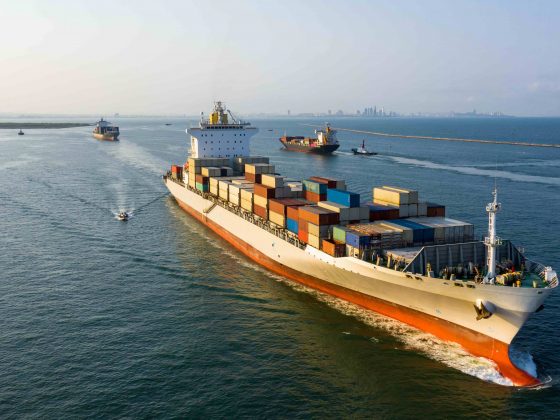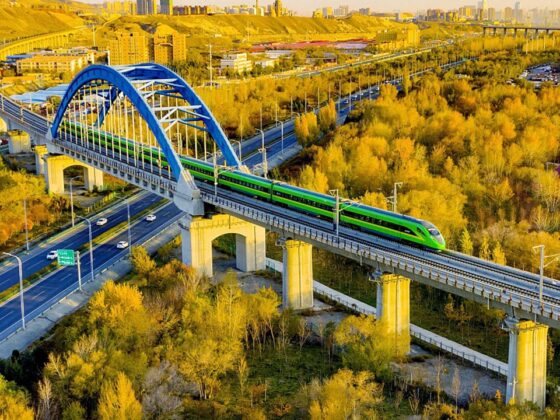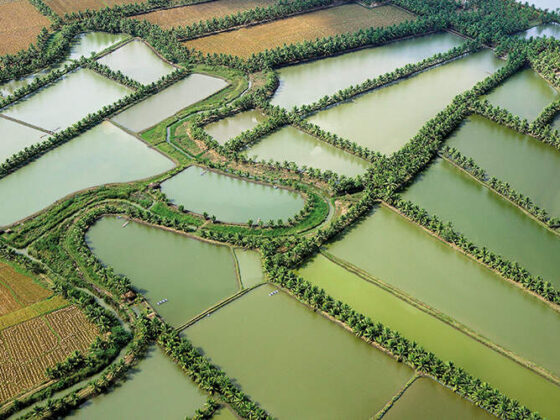From being a country that was a food importer till the early 1970s, India’s green revolution transformed the country into becoming self-sufficient in food production and a significant exporter of agricultural products. However, Indian agriculture, hampered by marginal farm holdings suffered from poor technology and lack of modernisation, resulting in production that is far below its potential. With a population of 1.24 billion, Indian agriculture is already challenged.
The Railway versus Irrigation controversy during the early years of the 20th century was evidence that the British undervalued the significance of improving irrigation in an agrarian economy such as India. R C Dutt, in his famous book ‘The Economic History of India in the Victorian Age’, shows the disparity in funds allocated for railways and that for irrigation purposes. The glaring disparity is believed to be one of the reasons for the 1890 famines. Akin to the pre-independence time, the Economic Survey 2019-20 shows static growth in agriculture from 2014 to the present day. The growth rate in agriculture was a negative 0.2% in 2014-15. Inadequate fund allocation, illiteracy of the farmers, deficient safety nets, lack of microcredit organizations and low incentive for the farmers to adopt climate-smart and efficient technology are some of the reasons for prolonged sluggishness in Indian agriculture. India’s prosperous neighbour, China, however, has managed accelerated growth in both agricultural and industrial sectors. The reason is the proactive nature of the Chinese and the ability to make the most out of little. Since the 1990s China has left India far behind in the field of revamping farming techniques. A leader of innovation, China has turned its weaknesses into strength- rooftop agriculture to compensate for the lack of adequate farming land, AI sensing smart robots to store data and supplement human labour, automated water management schemes that led to rice becoming one of Chinas staple food grains. China has surpassed India in rice production, despite India having more available freshwater for crop production. This indicates the need for India to improve its learning curve as far as international agricultural policies are concerned.
China has surpassed India in rice production, despite India having more available freshwater for crop production.
Smart Techniques and Precision Farming
In this vein, the identification of the techniques of smart farming that can give a boost to the decaying agricultural sector of India is critical. Using smarter techniques like Precision farming, efficient water management techniques and Artificial intelligence are sure-shot methods to increase productivity per acre of land. Precision Agriculture avoids the improper and excess application of pesticides and fertilizers and enables the farmer to use land according to its quality and nature. This leads to a reduction in cost, increase in output and climate-friendly agriculture. ‘Big data’ in Precision farming provides the farmer with data regarding soil quality, raw material requirements and weather changes, which can be stored for a later date. This is a massive game-changer for a sector which substantially depends on weather conditions and faces the brunt of climate change. China has been using automated ‘driverless’ tractors, mowers, AI drones to spray pesticides, and smart robotic sensors to analyse environmental conditions. This increases the speed of farming at an exceptional rate. Precision Farming is a potential salvager at a time when the water tables in India are diminishing at a rapid rate due to unprecedented demand by the agricultural and industrial sectors. Smart farming can potentially break the nexus between outmoded agriculture, climate change and hunger. The longer we delay the implementation of such techniques, the closer we move towards an impasse, which even modernisation might not be able to fix.
‘Big data’ in Precision farming provides the farmer with data regarding soil quality, raw material requirements and weather changes, which can be stored for a later date. This is a massive game-changer for a sector which substantially depends on weather conditions and faces the brunt of climate change.
Predicament of Marginal Holdings
The Indian predicament can be traced back to decades of neglect towards the agricultural sector. Even with plans like ‘doubling farmer’s income by 2022’, most states except Punjab, Haryana and Karnataka have not even envisaged a plan for smart farming. A plethora of structural barriers impedes the coveted modernization required by our agricultural sector. The average size of landholding by an Indian rural household is a marginal 1.1 hectare. This restricts the use of modern equipment like large tractors and robot sensors as a smart substitute for manual labour. The digital illiteracy of the farmers also presents a hurdle owing to the absence of local experts to impart training and information to the farmers. The connectivity and problem of unstable internet is also a cause of roadblock. Government policies historically have adopted a ‘one-size-fits-all’ approach, thus excluding approximately 86% of small and marginal farmers. For schemes like PM-Fasal Bima Yojana, the small farmers have to pay balance of the premium for crop insurance, which is almost impossible for a debt-strapped farmer. The newly extended PM-KISAN scheme requires farmers in a digitally primitive nation to check their balance by registering themselves on a web-portal page. With basic crop insurance schemes not living up to the expectation, we naturally question the efficacy of schemes to promote smart agriculture. The evaluation of the NMMI scheme for Micro Irrigation recorded that the benefit from the scheme did not reach almost half of the intended beneficiaries, even after they applied for it. The PMKSY scheme simply reached a meagre 1/10th of the farming population targeted.
A plethora of structural barriers impedes the coveted modernization required by our agricultural sector. The average size of landholding by an Indian rural household is a marginal 1.1 hectare.
Policy Focus for Smart Agriculture
A dedicated approach to developing smart agriculture with mass disbursements of benefits, education and economic incentives to our farmers will eventually translate into long-run economies of scale for the agricultural community at large. The US government extensively aids research and development in agricultural technology, along with training given to farmers to understand the new technology. The British government, besides allocating 20 million dollars for sustainable agriculture, also incentivizes private aggrotech firms to invest in smart technology. South Korean government has already created 4,300 jobs in the smart agricultural sector through timely action and aid. India, although lagging in several fields, is endowed with cheap rural labour, the second largest arable land area after the US, a leader in global trade in raw agricultural products and a massive potential growth trajectory in agriculture. Extension services and R&D are at a nascent stage in India and only within reach of large farmers. To expand the scale of the programme it is necessary to ease the transition of small and marginal farmers into the ambit of smart farming. Institutional setups, adequate support and building a steady architecture to execute smart farming should be focus areas for the Indian government in the face of dwindling food production.
References:
Image Credit: Adobe Stock











